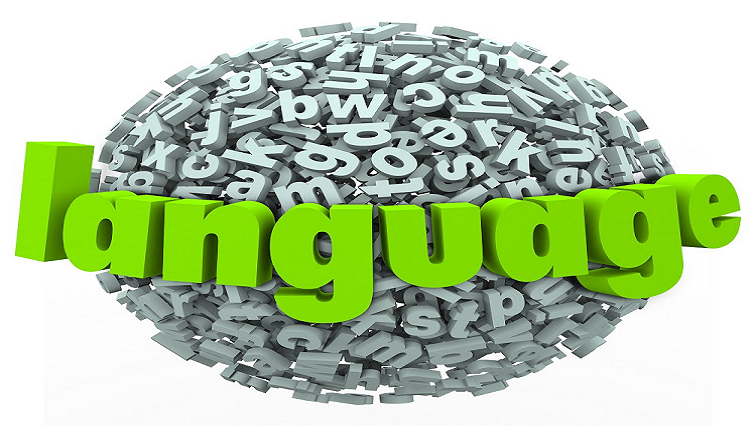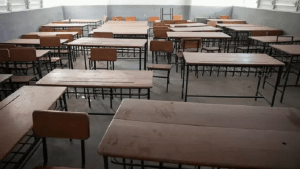Sepulana language authors want the language to be included in school curricula around the Bushbuckridge area in Mpumalanga to improve matric results. They say learners who speak Sepulana at home are taught in Sepedi, contributing to a high failure rate.
However, linguists from both Sepulana and SiSwati languages are encouraging young people to embrace the languages.
Keen to preserve the Sepulana language through music; local musician, Mr Doo, is following in the footsteps of his forefathers. The rap artist says that he wants to keep Sepulana as a language and not just a dialect.
“People think maybe the language that I am using to rap is non-existent. They say Sepulana is not in schools; it’s just for you to know it at home, it’s just an inferior language. But we know where our music is headed and the locals now know where it’s going.”
Sepulana author and language developer Billy Malele is fighting for its official recognition. He says Sepulana is spoken by BaPulana in the Bushbuckridge area and other parts of Mpumalanga. Over the years it became marginalised. He hopes introducing it to schools, will revive the language.
“Our children are failing in school. If you look at the grade 12 results in Mapulaneng, known as Bohlabela district, they are always last at Ehlanzeni in terms of the pass rate due to the government curriculum that says they should pass their mother language. Our kids speak Sepulana, but they are tested on Sepedi. They do not know it; as a result, they fail. We use different words for climbing up for instance.”
Many share the passion for African languages. Dr Mafika Lubisi is one of the compilers of the SiSwati Dictionary. The aim was to align the SiSwati spoken in the eastern, southern and northern parts of Mpumalanga with the original SiSwati in the Kingdom of Eswatini. Dr Lubisi says language is just like the land issue.
“Every time when we use our home languages to translate, we use the nearest language to it so that it stays relevant. A language is just like the land issue, people can lose their lives for it. We try by all means to add new words from English or other languages, to add into SiSwati, even if we do not have the sounds we make them available because there’s a lot of them that make SiSwati compete with other languages.”
In Mpumalanga, rich in its cultural diversity, many are multi-lingual. SiSwati speaker, Michelle Schoeman, says that it is important to learn different cultures.
“It’s important to learn different cultures. White people do not behave or have the same cultural practices as SiSwati people; we are all different in our own ways. It’s important to know people; you get to know how their cultures are, how they think, how they behave towards certain circumstances and you might behave differently. So what’s important is to see people’s behavioural patterns and we would understand each other better. We wouldn’t be fighting so much, we would live in harmony.”
The Pan South African Language Board has been urged to develop marginalised languages.
The Sepulana authors say the fight is not over until their books are found on the shelves of every bookshop and school library across the country.






